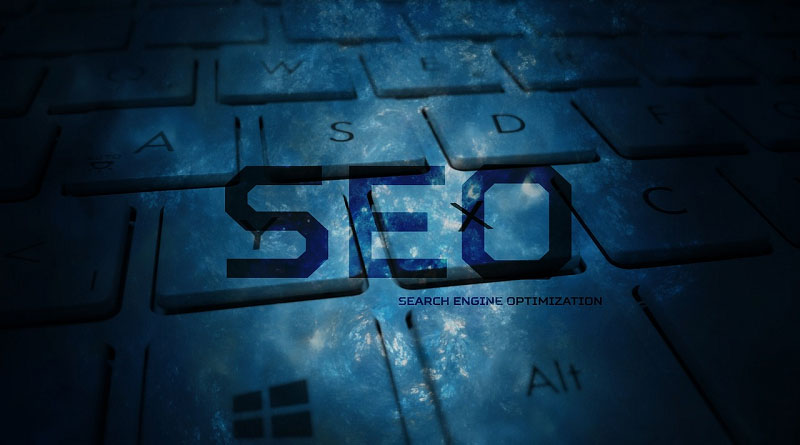So, you’re looking for modern ways to boost your digitalis-ed business or your new blog using Search Engine Optimization (SEO).
Maybe you have a rough idea what SEO is about and would actually like to get accustomed with the basics, but you have no clue where to start. Well, the first thing to do is understand what SEO is versus what SEO is not.
Begin by getting familiar with the language of online marketing.

We all know how Google or search engines work:
- You type a query
- You get a list of suggested resources.
These search engines are also only interested in providing users with the most relevant and useful search results. This means that you not only have to get your SEO strategy in place, but also have interesting or gripping unique content.
Users are most likely to click on the link at the top of that list or on the first page at least, and few searchers will look at anything below the top 5 or page two for that matter. SEO is the process of strategically getting your company’s website as close as possible to the top of page 1 on a search engine list. This is called ‘page ranking’.
Crucial Terms for SEO
Three of the most important terms regarding SEO are ‘traffic’, ‘organic’ and ‘paid’. These words have distinct usage in the content marketing field. Get used to these terms and you will have an easier time with your strategy.
- Traffic: means the number of people who visit your website. Words like ‘hits’, ‘clicks’, ‘reach’, and ‘visitors’ also refer to web traffic. Two related words are ‘click through’ and ‘bounce.’ The former is how many people click on a link which takes them to your website. The link could be an ad, a social media post, or a referral from another website, which is called an external backlink.
- Organic: In terms of traffic, it can be ‘organic’, which means it happened naturally without any paid advertising. Organic reach is also called ‘earned’ traffic.
- Paid: This type of reach means you buy an advertising campaign, usually a ‘PPC’ campaign which means you pay every time someone clicks your ad.

Get to know your click through and bounce rates
When you’re familiar with your click through rate, SEO tactics can be used to tweak your website or blog so that more people click onto it. Your bounce rate is related to click through. It refers to the people that did make it to your site through an external link, but they left without exploring. A related term is ‘retention time’, and this describes how long visitors stayed on the site before they left.
It is a good idea to revisit your content marketing strategy on your website to help increase your retention rate on your website and make sure it is not misleading and actually the type of information your customers or readers are looking for.
Is this beginner’s glossary helpful? Share it with a friend and keep reading to learn more about SEO.
GP


![A Better [Buy Now] Button | Call-to-Action Tips & Tricks](https://www.bleepingworld.com/wp-content/uploads/2019/11/A-Better-Buy-Now-Button-Call-to-Action-Tips-Tricks-800x445.jpg)

